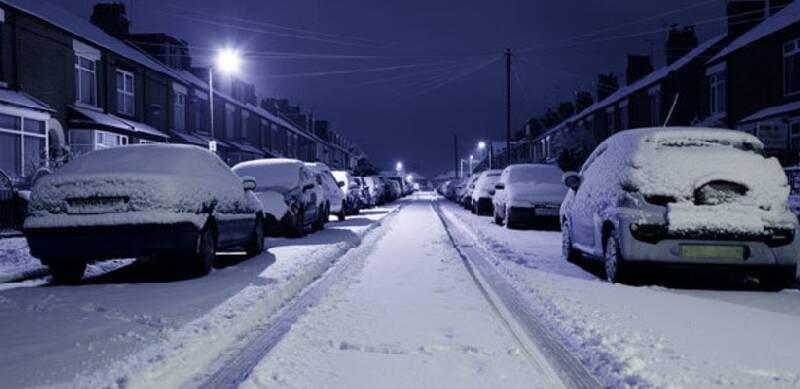In the winter months we are in, different dangers await us with the changes in weather conditions of the season. We can list the injuries we may encounter in winter as injuries encountered in our daily lives and winter sports injuries.

The severity and frequency of slips and falls increase during the winter months. Listening to weather reports and being prepared for slippery surfaces may take some time, but they are protective measures against unexpected accidents.
During the winter months, attention should be paid to the following:
- Wet or icy surfaces and winter footwear
- Melted snow and icy areas at building entrances
- Hidden ice (very thin ice in the form of an unseen film)
- High-heeled and leather-soled shoe types
- Carrying heavy loads that may disrupt your balance and obstructing your vision with carried items
On cold and slippery days, we should pay attention to our clothing. Proper shoe selection, wearing a hat, gloves, and scarf are necessary. These garments that keep us warmer will provide the necessary strength and reflexes by keeping our muscles warm during any slipping moment. The gloves we have will also protect our hands if we fall. Walking with your arms open will help maintain your balance, while carrying weights like a bag in your hand will make it difficult to balance. If you are going to carry a load, it is better for the load to be light to disturb your balance less. Do not put your hands in your pockets. Your balance center will decrease when your hands are in your pocket. With your hands free, you can prevent falling by maintaining your balance if you slip.
There is no type of shoe that is entirely safe in all weather conditions, but synthetic, rubber, or plastic-soled shoes provide better traction on ice and snow compared to leather soles. Choose winter-appropriate shoes that are insulated, waterproof, non-slip, with thick soles, wide, and low-heeled.
If you have to walk on slippery surfaces, lean your body slightly forward, shorten your steps, and even walk by dragging your feet on the ground to be more balanced. Allocate more time than usual to reach your destination and do not rush. Moving SLOWLY with each step increases your reaction time. Using handrails when climbing stairs will be more balanced. Be particularly careful when getting on and off vehicles. Be aware that the surfaces have not yet been cleaned as you get out of your cars in the morning in parking lots. Accidents often occur when getting on and off vehicles and descending stairs. Holding onto the vehicles while getting on and off will prevent us from falling.
Use sidewalks as much as possible. If you have to walk on the road, prefer to walk against the traffic. Make sure that the vehicles in traffic have stopped before stepping off the sidewalk.
Check high places to ensure that ice hanging from building entrances and roofs does not fall on you. Ice on the north-facing sides of buildings should be watched more carefully, as it will remain longer. Cleaning your shoes when entering buildings will reduce the effect of wet floors inside, preventing slipping. You can make the icy floors at the entrances of houses and buildings safer by sprinkling a mixture of salt and sand.
Even with the precautions you take, if you accidentally fall and get injured, it is necessary to be examined by a specialist doctor for your recovery.

